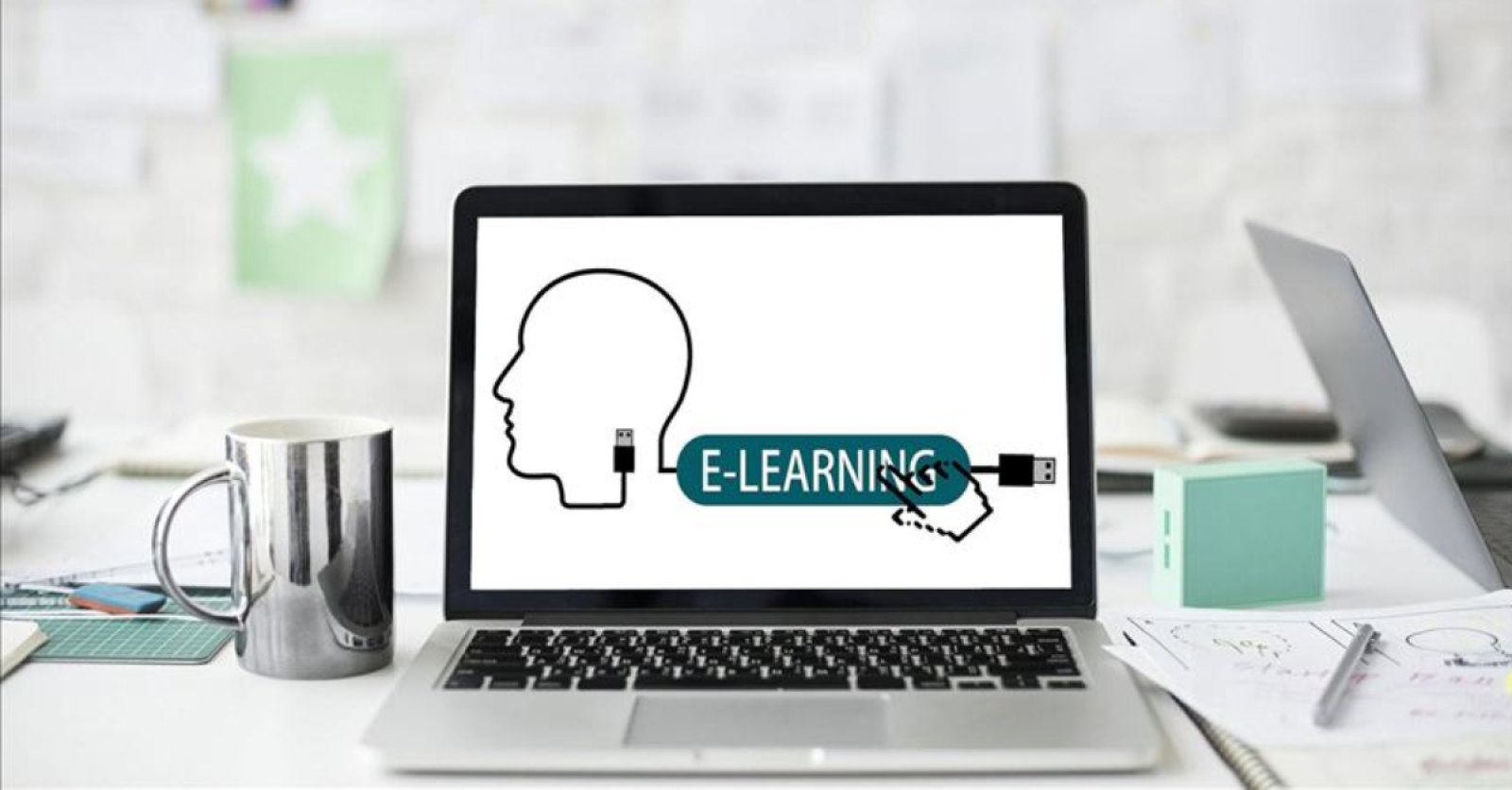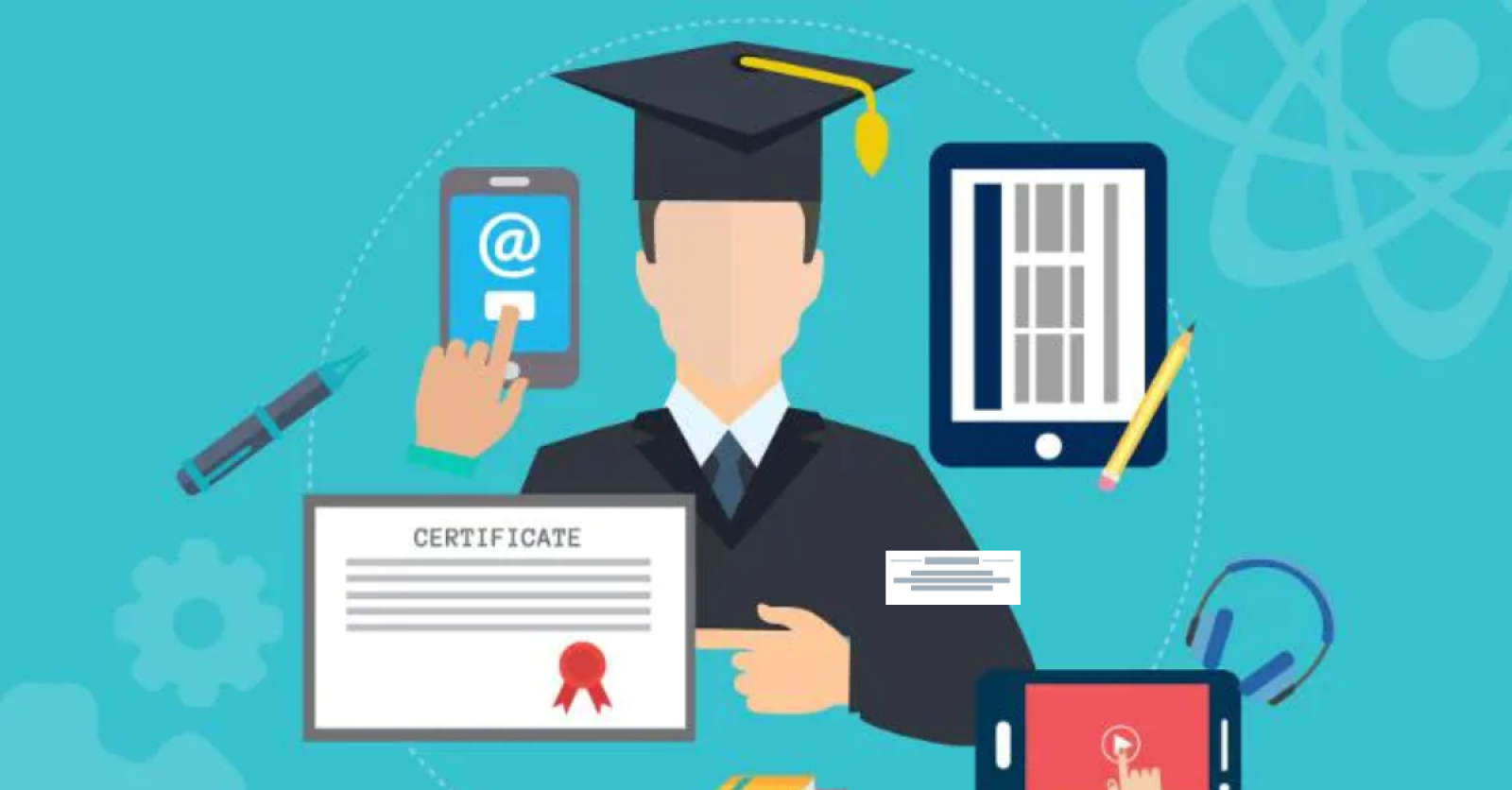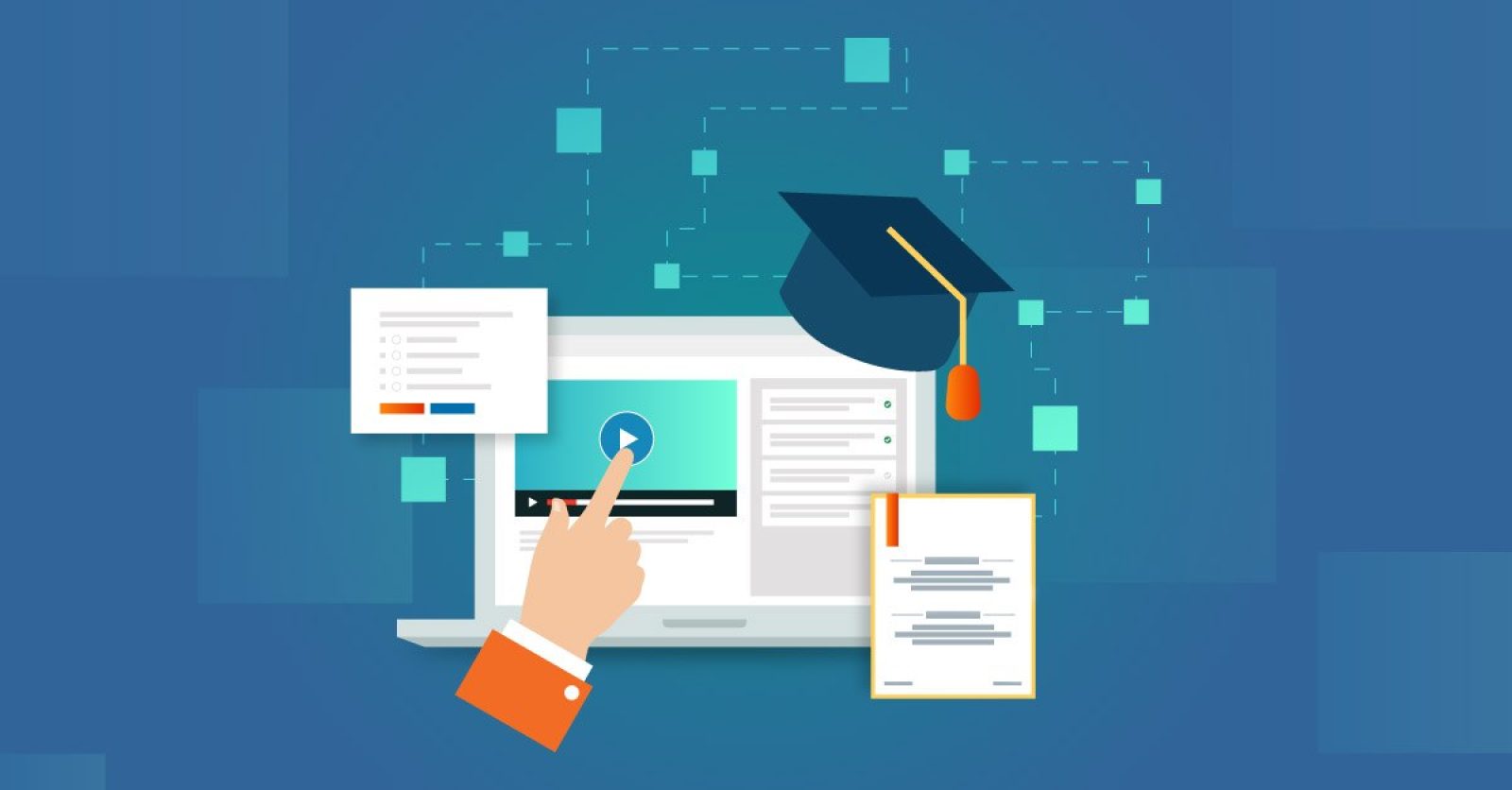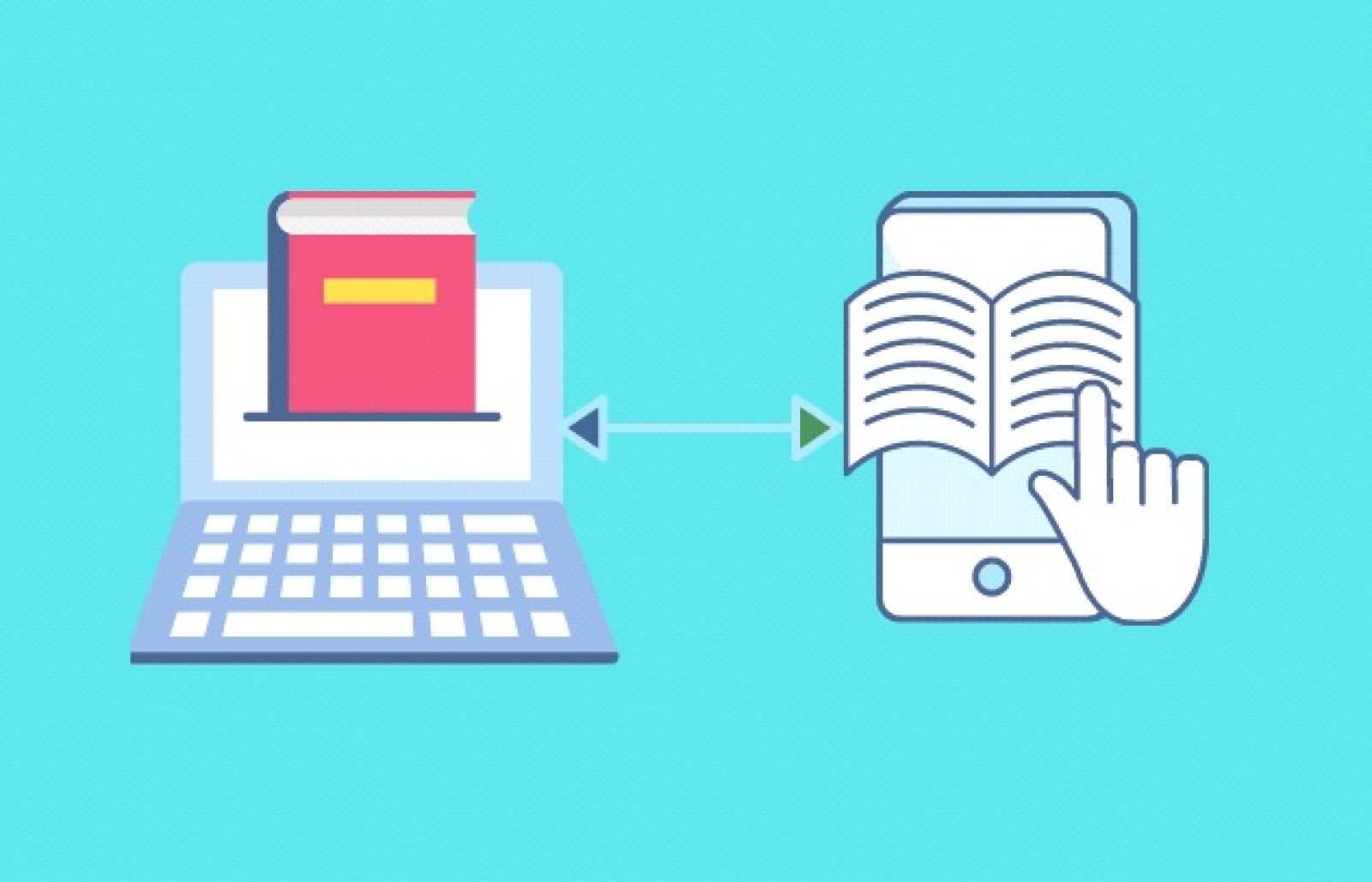How to choose the best Education Management Software for Institutes
Educational institutes have the core objective to achieve the learning goals of students in the best possible way. In today’s world of competition, Institutes face lots of challenges in maintaining their academic standards and performing their day-to-day complex...
How Learning Management System (LMS) has become an Intelligent agent of E-learning through Pandemic
LMS is an acronym for Learning Management System. It is a software application for managing online teaching and learning.The massive hit of Covid-19 has made the students face the challenge of sudden closure of institutes for breaking the chain of virus spread. In such...
How Automation has brought revolution in the world of Education
In the present time, every industry is working to make the best of technology to ease their workflow and save the important time of administration in doing mundane and repetitive tasks. Digital transformation has offered the information accessibility anytime and from anywhere...
Relevance of Outcome Based Education in the Advancement of Educational Quality
High quality education has become the basic need for this generation to survive, says iCloudEMS. Life is running with a frenetic pace and thus, adoption of new technology is the gateway to the bright future. High quality education aims at creating an effective teaching and...
iCloudEMS Accreditation Management System
An Authentic Assistance to the Educational Institutions for getting Accreditation
In the recent years, Student learning outcomes have been given utmost importance and attention by implementing innovating techniques of assessment which can specify the expected attainment of...
Choice based Credit system (CBCS): A Vision to redesign Education System
The University Grants Commission (UGC) has taken many initiatives from time to time, for the comprehensive development of the Higher Education System. With the introduction of New Education Policy (NEP) by The Ministry of Human Resource Development (MHRD), Govt. of India,...
Identifying the Challenges faced by Academics in the Educational Institutions due to Online Classes
With the advent of the online learning system, academics are facing problems and witnessing challenges as it has become compulsory to acquire IT skills for an effective teaching and learning system. Many distinguished researchers have opined that the internet offers a...
New Education Policy (NEP): A Pledge to bring all round excellence in Higher Education
New Education Policy (NEP): A Pledge to bring all round excellence in Higher Education
Imparting high quality Education to an individual, shapes the bright future of the society, the nation and the world says iCloudEMS. The mission of our Indian Education system has always...
Various Challenges and Solutions to overcome them in using Learning Management System
In today’s world of technology, E-leaning has become an integrable organ of Education System and to reap the benefits of E-learning various versatile digital platforms have been developed, Learning Management System (LMS) is one of them. LMS is a cloud-based technology...
How LMS is a resourceful pillar of learning in Higher Education System
The Education System in the 21st century revolves around advanced core competencies including Critical Thinking, Creativity, Collaboration, Curiosity and Communication. To work on all these skills, the major concerned area is Learning, Not only learning but self-paced,...










